#mab shakespear
Text
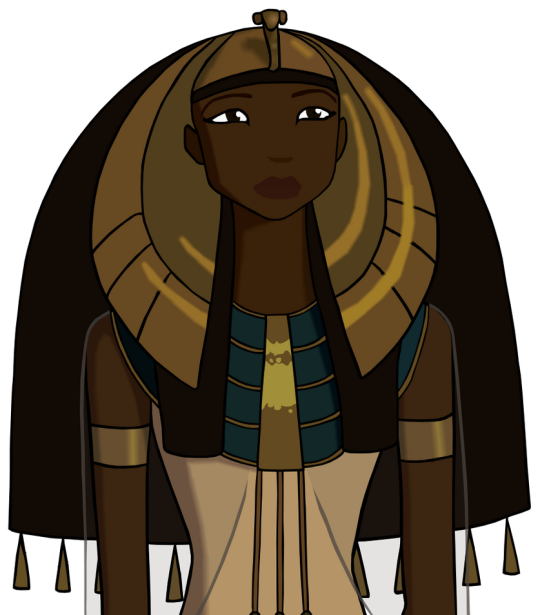

#best female monarch#female monarch tournaments#female monarchs#queens#dreamworks#tuya prince ov egypts#queen tuya#prince of egypt#mab shakespear#shakespear
6 notes
·
View notes
Text

dealing with a code-red RSD-meltdown anxiety attack by laying on your bedroom floor reciting all the Shakespeare you’ve ever memorized to yourself for nearly three hours straight is something that can be so personal, actually-
#shakespeare#shut up e#(I’m completely fine the shakespeare actually did save me lmao)#(or at least it saved me from passing out due to lack of oxygen)#hard to fully panic when you’re trying to remember all the lines to the Queen Mab speech#i actually do genuinely recommend this method#something strangely cathartic and grounding about expressing all that emotional turmoil aloud in ranty poetics
51 notes
·
View notes
Text
I always think that Willoughby's present to Marianne being named Queen Mab is an early clue that he cannot be trusted.
"When you leave Barton to form your own establishment in a more lasting home, Queen Mab shall receive you.” (Ch 12)
Willoughby's fanciful horse name is most likely an allusion to Romeo & Juliet, taken from a speech of Mercutio's (quoting the relevant bits, find the whole speech here):
O, then, I see Queen Mab hath been with you.
She is the fairies' midwife, and she comes...
And in this state she gallops night by night
Through lovers' brains, and then they dream of love;...
...This is that very Mab
That plats the manes of horses in the night,
And bakes the elflocks in foul sluttish hairs,
Which once untangled, much misfortune bodes:
This is the hag, when maids lie on their backs,
That presses them and learns them first to bear,
Making them women of good carriage:
This is she--
At the end of the speech, Mercurio warns that these dreams are not real:
True, I talk of dreams,
Which are the children of an idle brain,
Begot of nothing but vain fantasy,
Which is as thin of substance as the air
And more inconstant than the wind
The sexual innuendo is unmistakable, but also the idea that love is only a dream and will not be constant.
The name is just too specific to not have meaning, at least in my opinion. Sense & Sensibility always seems like it's pointing to Romeo and Juliet to me. Marianne's Romeo proves false, but fortunately she, unlike Juliet, lives to love again. Many characters also come to believe that Edward & Lucy are star-crossed lovers. It's almost as if Sense & Sensibility is directly challenging the romantic notions, promoting second love and quiet devotion over the overwhelming passion and folly of youth of Romeo and Juliet.
75 notes
·
View notes
Text
i thought it was obvious but. since i've never actually heard anyone talk about it, alex's last name means 'star' in a bunch of languages
it's why she's always portrayed or described with stars, i. e. her queen mab outfit for the halloween manuscript party (we all know the one), or
“I will serve you ’til the end of days,” he promised.
In the dream she laughed. “And love me too.”
Her eyes were black and full of stars.
it's also how darlington sees her in his perfect world where he finally knows what she is
He saw Alex in the garden, a black-winged bird, night gathered around her like a silken shroud shot through with stars. His monstrous queen. His gentle ruler.
her name is galaxy star
#ninth house#hell bent#leigh bardugo#alex stern#galaxy stern#galaxy star#darlington#daniel tabor arlington v#daniel arlington#danny#queen mab#shakespeare
27 notes
·
View notes
Text
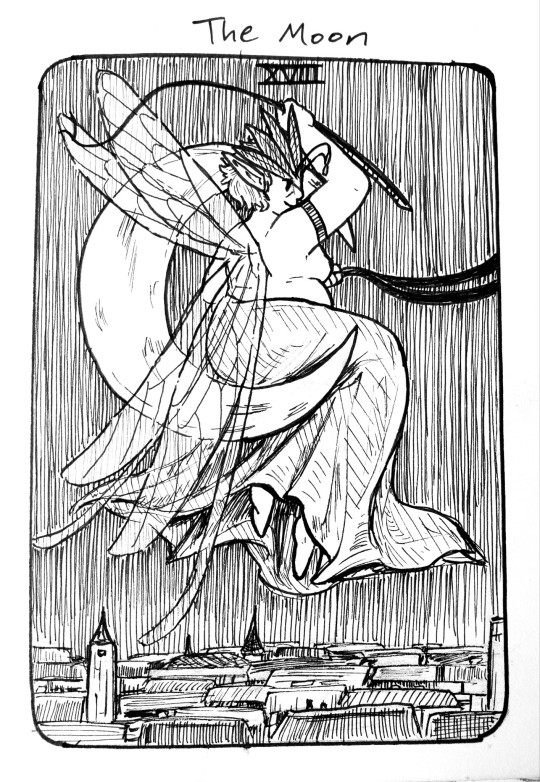
"O, then, I see Queen Mab hath been with you./She is the fairies' midwife, and she comes/In shape no bigger than an agate-stone/On the fore-finger of an alderman,/Drawn with a team of little atomies/Athwart men's noses as they lies asleep...And in this state she gallops night by night/Through lovers’ brains, and then they dream of love..." (Act 1.4 Romeo and Juliet)
Monster Girl October (tarot deck) Day 7: Queen Mab from Romeo and Juliet for the Moon card!
#queen mab#monster girl october#inktober#drawtober#artober#tarot#drawlloween#art challenge#ink#halloween#monster girls#traditional art#romeo and juliet#classic literature#shakespeare#the moon card#tarot card#tarot cards#fairy
12 notes
·
View notes
Text
if i have to be gunned down, let it be done by john leguizamo in a slutty little number covered in religious imagery. there are worse ways to go.
#mercutio posting once again#bc ive JUST finished a workday and im really happy i got to do the queen mab monologue#masc queer folks yearn for the role of mercutio. i yearn. and I DID ITTT AHAH#shakespeare#romeo and juliet#siv speaks
2 notes
·
View notes
Text
Guys i memorized my monologue someone congratulate me
#O then i see Queen Mab hath been with you#she is the faries midwife#and she comes in shape no bigger than an agatestone#athwart mens noses as they lie asleep#her wagonspokes made of long spiders legs#the collars if the moonshines watery beams#her whip of crickets bone the lash of film#and in this state she gallops night by night#through lovers brains and then they dream of love#o'er ladies lips who straight on kisses dream#which oft the angry mab with blisters plagues#because their breath with sweetmeats tainted are#and sometimes comes she with a tithepigs tail#tickling a parsons nose as a lies asleep#then dreams he of another benifice#sometimes she drivith o'er a soldiers neck#and then dreams he of cutting foreign throats#drums in his ear at which he starts and wakes#and thus being frightened swears a prayer or two#and sleeps again#(i think they cut out some parts fo makeit more appropriate)#monologue#shakespeare#queen mab#romeo and juliet#mercutio escalus
4 notes
·
View notes
Text
WTF is Mab?
So, in the Shakespeare-verse there are two fairy Queens.
In A Midsummer Night's Dream we have Titania, whose name we can trace all the way back to Ovid as an epithet for Goddesses such as Diana – a daughter of Titans. But in Romeo & Juliet Mercutio has this speech:
O, then, I see Queen Mab hath been with you.
She is the fairies’ midwife, and she comes
In shape no bigger than an agate-stone
On the fore-finger of an alderman…
And goes on and on about Mab and how she awakens desires in people until the other characters make him stop. Thing is though, no-one knows who the hell Mab is.
We might assume that Shakespeare’s audience knew WTF he was on about, and indeed most of his fantasy characters are named after figures from myth and folklore. But pretty much all the literature we have that mentions a Queen Mab, such as Nymphidia by Michael Drayton, came after Shakespeare – we don’t know any folklore mentioning her before him. Some have thought it may be a reference to the legendary Irish Queen Medb, but that’s a theory based solely on their names looking similar, and the similarities pretty much end there. Some nineteenth century texts claimed she’s from a Welsh legend but give no sources. There are some other possibilities from folklore, but again its mostly based on vaguely similar names and it can be hard to tell if those were the original names or if the tales were influenced and changed by the popularity of Shakespeare.
So we’ll probably never know for sure where Queen Mab came from, and usually when there’s a gap in knowledge we fill it with Aliens. On this occasion though I’m just going to let her remain a mystery.
7 notes
·
View notes
Text
“The earliest description I have found in writing of tiny fairies comes from Shakespeare's Romeo & Juliet, completed in 1597, where he describes the fairy queen Mab as 'In shape no bigger than an agate stone; On the forefinger of an alderman' (Shakespeare 1980). Mab is not only as tiny as the stone in a finger-ring but is said to travel in a wagon from insect parts: wheels spoked with spider legs and a wagon cover made of grasshopper wings. This idea is expanded several decades later in Michael Drayton's, 1627, 'Nymphidia' a poem which describes the English fairy court. In this poem the fairies are firmly established as tiny beings who can fit into flowers and use small natural objects for their construction - spider legs to build walls and bat wings to cover their roofs, for example. This [the idea of tiny fairies] comes to us from English literature (the literate class as opposed to direct folk belief) and is an idea we will see repeated in later works as well, blending the idea of diminutive fairies with Paracelsus's elemental divisions of these beings to create the tiny air and earth fairies that would later take hold in popular imagination.”
21st Century Fairy: The Good Folk in the new millennium by Morgan Daimler
#y'all wanted my bits and bobs of research so here we go#let's tag this as#ndm folk research#also can i just say how ironic that i just keep having to come back to shakespeare's mab to find out she's this secret fey folk progenitor#people keep using and abusing her in such fascinating ways to overwrite and erase other ideas about fairies even indirectly#and it's just fascinating to me
7 notes
·
View notes
Text
When am I gonna see a production of Romeo and Juliet where they don’t cut the death of Paris. WHEN! I want to see it! WHEN!
#WHY IS IT ALWAYS THE THING THAT GETS CUT!!!#shakespeare#sparkly originals#I gotta sit through Queen Mab every time and yet#I mean I guess without it you can pretend the guy gets to live#but whatever#romeo and juliet
7 notes
·
View notes
Text

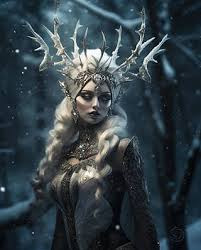
#best female monarch#female monarchs#female monarch tournaments#queens#marvel#ramonda marvel#queen ramonda#black panther#mab shakespear#shakespear#shakespeare
4 notes
·
View notes
Photo
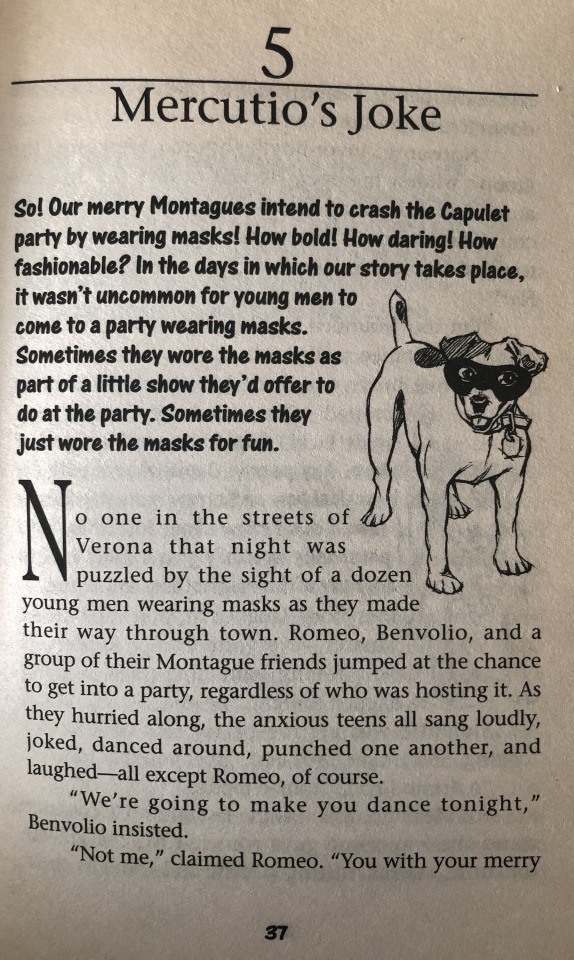
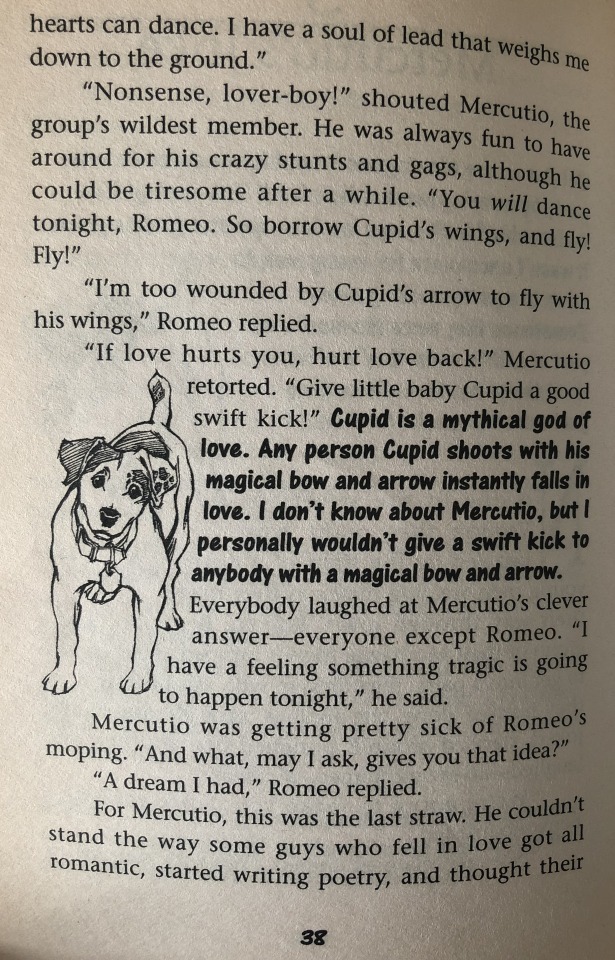

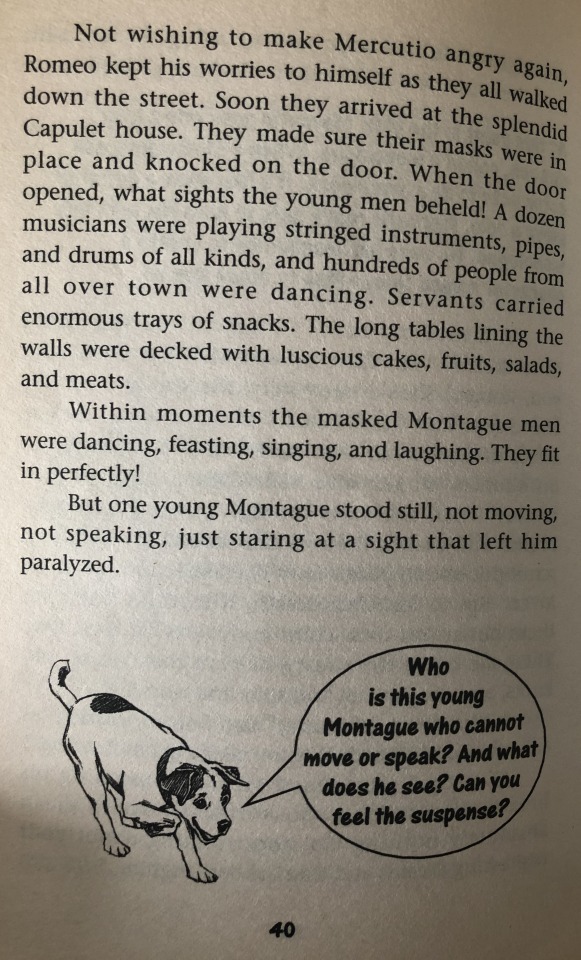
Wishbone Classics Romeo and Juliet (1996) retold by Billy Aronson
Introduction Jumping the Wall Death in the Square The Battle Continues
#wishbone#wishbone classics#william shakespeare#romeo and juliet#mercutio#mercutio's joke#romeo montague#queen mab#billy aronson
2 notes
·
View notes
Text
0 notes
Text
sometimes i wish i stuck with literature instead of history
hilariously its the little historical context blurbs they put before stories in the norton readers that inspired me to switch...
#in a perfect world i wouldve double majored but alas i had issues in my early 20s</3#like i brought up shakespeare for no reason in my discussion post this week. i read through everyone elses posts. no one else did that#they stuck firmly with answering the question while i was like 'this makes me think of shakespeare tbh'#ok tbf there was a chapter that referenced queen mab so im perma stuck in 'its like shakespeare' mode now#i forgot to mention that bit in my discussion post but im not going back to edit that in im sure my prof kinda gets where the idea came fro
0 notes
Text
watching romeo + juliet and was initially dubious about them keeping the original lines, however, half-an-hour in i have been converted. awkward mexican stand-offs, the queen mab monologue as drugs, mad fireworks and near-constant bawdy jokes: in no other adaptation have i seen the level of unhinged match the over-the-top writing if the play. this is what shakespeare would've wanted.
34 notes
·
View notes
Text
An example of the book's fascinating studies: as I said before, the chapter about Sleeping Beauty notices how fin-de-siècle authors, when "perverting" the tale, focused on the fairies around the baby's cradle - and Jean de Palacio notices that the names chosen for these fairies are very revealing of this "perversion".
Indeed, some authors in their twist-take on Sleeping Beauty, decided to name the group of fairies around the cradle. Anatole France, in his take on the Sleeping Beauty story in 1909, listed eight fairies: Titania, Mab, Viviane, Mélusine, Urgèle, Anna de Bretagne, Mourgue. Catulle Mendès, in 1888, had evoked in his work a total of 12 fairies - Oriane, Urgande, Urgèle, Alcine, Viviane, Holda, Mélusine, Mélandre, Arie, Mab, Titania, Habonde. Jean Lorrain did this list twice - once in 1883 including Habonde, Viviane, Tiphaine, Oriane, Mélusine, Urgèle, Morgane ; and another in 1897, simply removing Urgèle. As for Joséphin Péladan, he also did a double list: one in 1893, Mélusine, Morgane, Viviane, Mourgue, Alcine ; and another in 1895 to which he removed Mourgue to add Urgèle, Nicneven and Abonde.
These names can be taken as just random famous fairy names - but Jean de Palacio highlights that... They are not just chosen randomly, and all denote a way to discredit the fairies or to highlight their ambiguous if not negative nature. Of the recurring names four are taken from the matter of Britain, Arthurian and medieval legends: Viviane, Melusine, Anna de Bretagne (a variation of Anne of Britanny, an actual queen of France) and Mourgue/Morgane. Famous characters, right... But who is present here, around this baby's cradle to deliver gifts? Morgan le Fay, half-main villain of the Arthuriana half-healer of Avalon. Viviane, the good lady of the lake, oh yes... but also a shameless seductress who used Merlin's lust and love to steal his secrets and get rid of him. And Melusine - a national treasure, one of France's beloved legends... And a snake-woman with a strong demonic aura and devilish reputation. Viviane, Melusine and Morgan are all manifestations of the "femme fatale", of the deadly though seductive woman.
There is also a British influence at work here, since we have Titania and Mab, the two famous Shakespearian fairy queens. But Titania's reputation had already been soiled in Shakespeare's play by her mad love for a donkey - sorry, an ass ; as for Mab, in the minds of fin-de-siècle century, she is still strongly associated with the "materialistic atheism" of Percy Bysshe Shelley's poem "Queen Mab". Not perfect example of "godmothers"...
But let's return to Mourgue/Morgue briefly. Yes, she is the Franco-British Arthurian character of Morgan le Fay... But she is also part of the Italian literary tradition thanks to the Orlando Furioso, where she is Morgana, the incest-born sister of the enchantress Alcina who... Oh look! She is there too! Alcina in French is "Alcine" and in the lists you find... Alcuine. Once again, a new discredit over the fairies, as you have two wicked enchantresses dedicated to the dark art - including a lustful old hag so vain she hides her true appearance under a glamour of youth and beauty.
Of the various fairies presented in this list, only Urgèle seems to be free of any same, flaw or negative side - but that's because she is the most "recent" of them all, and not an old literary heritage or cultural figure, but rather a fresh creation. Urgèle was created by Voltaire in 1764 for a short tale/fairytale of his, "Ce qui plait aux dames", "What pleases the ladies", and immediately taken back for an "opéra-comique" adaptation by Favart in 1764, "La Fée Urgèle, ou Ce qui plaît aux dames". And while Théodore de Banville made her a good fairy victim of a wicked enchanter in his comedy "Le Baiser", "The Kiss" ; it didn't refrain Michel Carré and Paul Collin to make her the wicked fairy of Sleeping Beauty in their theatrical-opera adaptation of the fairytale in 1904...
[As a personal note, if you are interest in the other fairy names, Habonde is a variation of Abonde - la fée Abonde was a figure of popular folklore and superstitious beliefs in medieval France, an embodiment of abundance and prosperity fought off by the Church and who was tied to the rite of leaving "meals for the fairies" on special nights such as Christmas or the Epiphany. Holda is of course the same as Frau Holda/Frau Holle of Germanic mythology ; Arie is a reference to "Tante Arie", a Christmas gift-giver of eastern France, and Nicneven is a variation of Nicnevin/Nicnevan of Scottish folklore. I have to admit I do not know about the origins of Mélandre or Tiphaine.]
#sleeping beauty#fin de siecle fairytales#jean de palacio#fairy godmothers#fairies#famous fairies#fairytales with a twist
35 notes
·
View notes